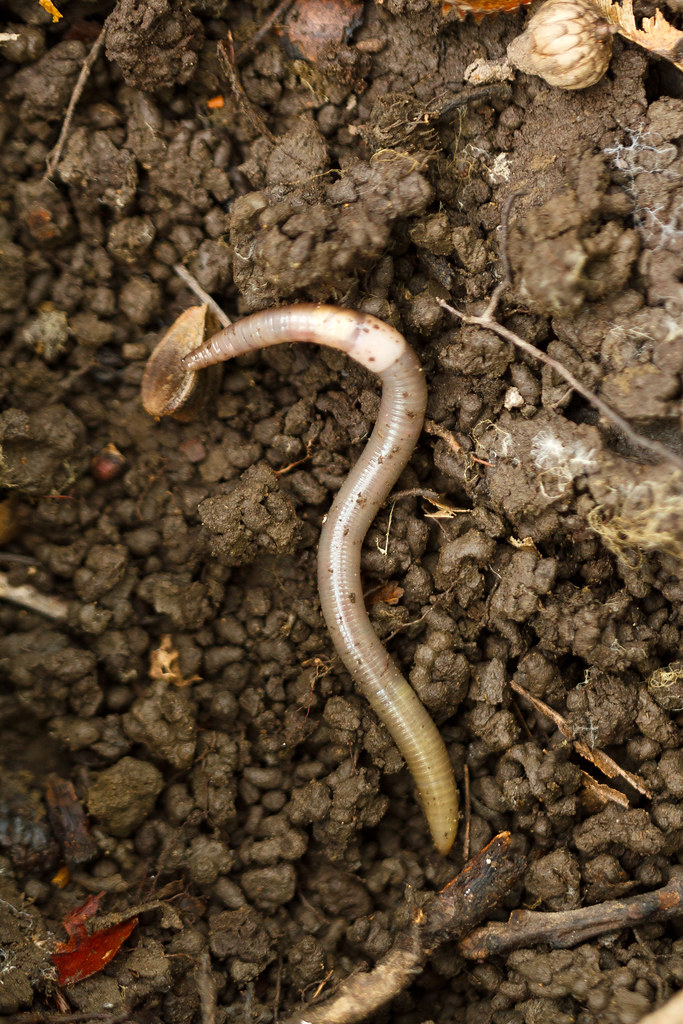Indy Rewind: Got Invasive Jumping Worms In Your Garden? UMass Extension Has Solutions

Invasive jumping worm, (Amynthas agrestis). Photo: Tom Potterfield / Flckr.com (CC BY-NC_SA 2.0)
Editor’s note: We’re reposting this Indy article from September of 2021 at the request of a reader who discovered an impressive number of asian jumping worms in their garden a few weeks ago. Apparently, this is not uncommon in the Valley this fall as nearly two dozen people testified on Nextdoor, to similar invasions with at least one posting video.
Source: UMass News and Media
The University of Massachusetts Amherst’s Extension Office has recently published two new fact sheets to help those who are concerned about the spread of invasive earthworms.
They go by many names: jumping worms, crazy worms, snake worms and Alabama jumpers. These common names refer to earthworms in the genus Amynthas, which are native to Asia. Whatever you call them, unlike species such as the common nightcrawler, these jumping worms may have different, and possibly detrimental impacts on the environment, and are being increasingly reported in gardens, lawns, farms and forests across the Commonwealth.
What is the Problem?
Jumping worms alter soil qualities, particularly in forested locations, and may even trigger changes that favor invasive plants in forest understories. Indeed, some of the most significant impacts of these earthworms have been seen in forest ecosystems. The worms have such an impact because they consume the upper organic layer of soil, which leeches away nutrients and can lead to erosion. Unwittingly, humans may spread earthworms without realizing it: jumping worm eggs (which are found in cocoons that are about the size of a mustard seed) or adults may be unwittingly transported when one moves soil, mulch, compost and potted plants from one location to another.
Where Can I Find More Information?
Two new UMass Extension fact sheets answer questions about prevention and spread as well as the biology and identification of these earthworms, and the available options, should you discover these worms on your property. The fact sheets are available here:
- Earthworms in Massachusetts – History, Concerns, and Benefits
- Invasive Jumping Worms FAQ
- Jumping/Crazy/Snake Worms – Amynthas spp.
How to Become More Informed
UMass Extension’s Landscape, Nursery, and Urban Forestry Program is producing a virtual conference on jumping worms, to be held in January 2022. Further details and how to register will soon be listed in the events calendar.
Read More:
Invasive Jumping Worms FAQ (UMass Extension)
Jumping worm (Amynthas species) (Minnesota Department of Natural Resources)
Invasive Jumping Worms (University of Maryland Extension)
How To Prevent Invasive Jumping Worms From Ruining Your Garden (The Allegheny Front)

I have sooooo many of these at 101 Red Gate Lane. Really depressing. And this year’s almost complete lack of little salamanders (on my property) is related.